The Implications of Metadata and Transaction Monitoring in the Bitcoin Ecosystem
This in-depth article explores the privacy limitations of Bitcoin, how metadata can be exploited, and the rise of blockchain surveillance.
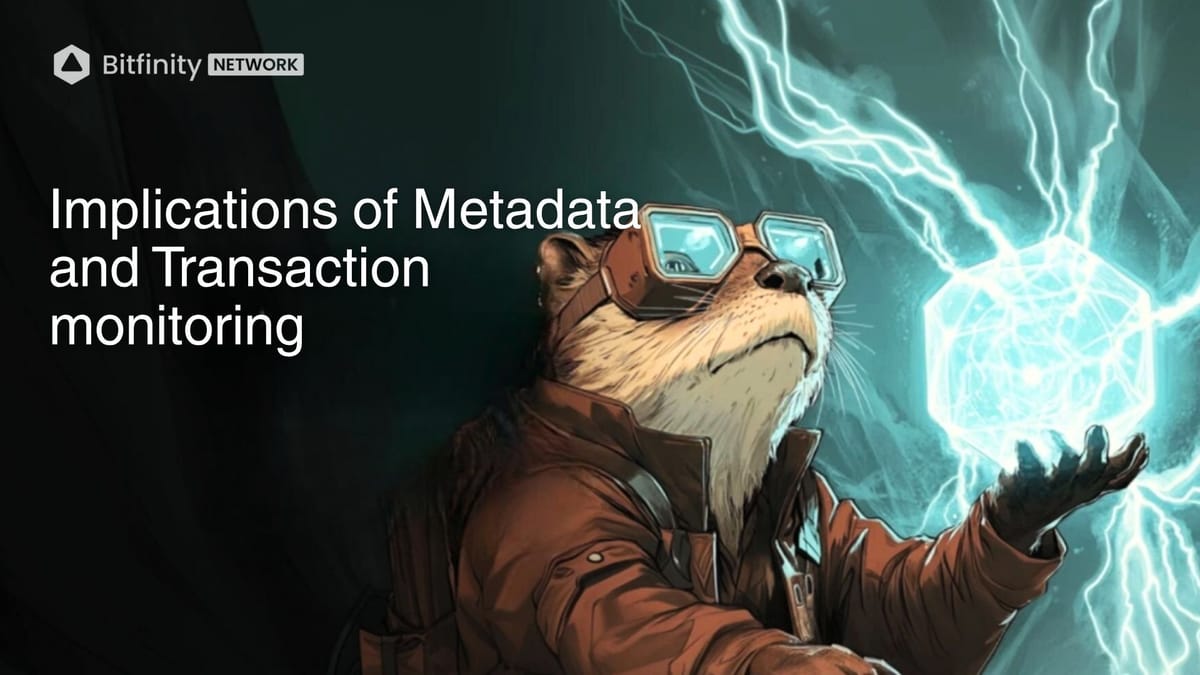
Back in the day, when many thought Bitcoin was mystique and an “anonymous” form of digital cash, we didn’t have what we currently have. With an ecosystem that is more than built out, we had simpler times back then.
With a core design, which is the public blockchain, and its many positive consequences such as transparency and trust, we also saw a new dilemma arise, called the privacy paradox: that states that in order to be verifiable, Bitcoin’s ledger exposes rich data, and could make user privacy far more vulnerable than it seems at first glance.
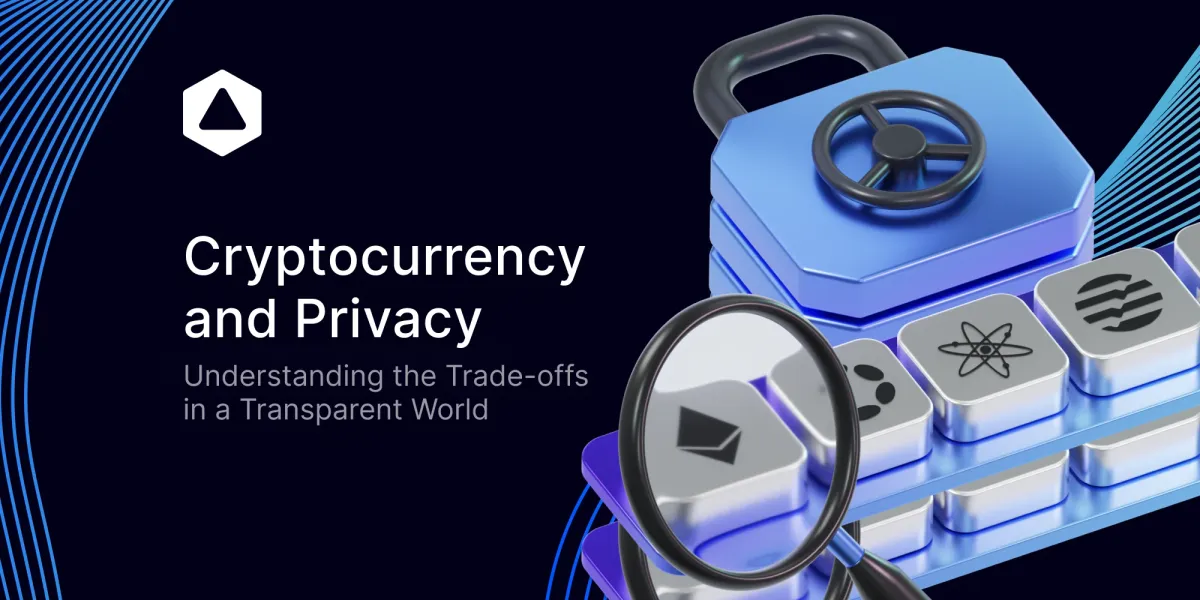
So in this article we are going to unpack how transaction metadata, combined with advanced analytics and AI, turn privacy into a moving target. How can this be solved on Bitcoin itself and how Bitfinity could find a solution being an layer 2 solutions to this problem as well.
What is Metadata in Bitcoin, and Why Does it Matter?
To understand what can be solved by using Bitfinity, we need to understand what the privacy paradox is, and how it comes into existence. We know that every Bitcoin transaction carries a digital footprint.
We call this ‘Metadata,’ which means nothing more than all the “extra” information linked to each transfer, such as timestamps, sender and receiver addresses, transaction amounts, and even network-level details about how transactions propagate through the system. 👀
While the blockchain is not designed to collect extraneous personal data, the structure and usage of it inadvertently produces layers of metadata that can be harvested for analysis. Interesting for those who know how, but not for all of us.
How Does Metadata Affect Privacy?
For instance, knowing whom you messaged, when, and how frequently can reveal patterns that constitute a "pattern of life."
It is with this type of information that incredible revealing information can be accessed by entities like the NSA under the justification that it does not violate privacy if the content of the messages isn't directly accessed.
With the data, an aggregation can be made that paints a detailed picture of a person's life. So it's more than just technical. These patterns can be used to deanonymize transactions and expose every single transaction in the history of a wallet.
How Chain Analysis Deanonymizes Users
Well, is this a good thing? You can decide for yourself, but chain analysis companies use transaction graphs, address reuse, timing, and behavioral clustering to make sense of the blockchain’s massive data trove.
When a user sends coins from multiple addresses in one transaction (a multi-input), those can often be linked to a single wallet owner.
If you reuse an address or interact with exchanges that follow Know Your Customer (KYC) laws, your “anonymous” wallet can end up tied directly to your legal identity, making you completely deanonymized.
The AI Revolution and Blockchain Surveillance
With the surge of AI-powered blockchain tools and solutions, the monitoring of transactions has also changed A LOT:
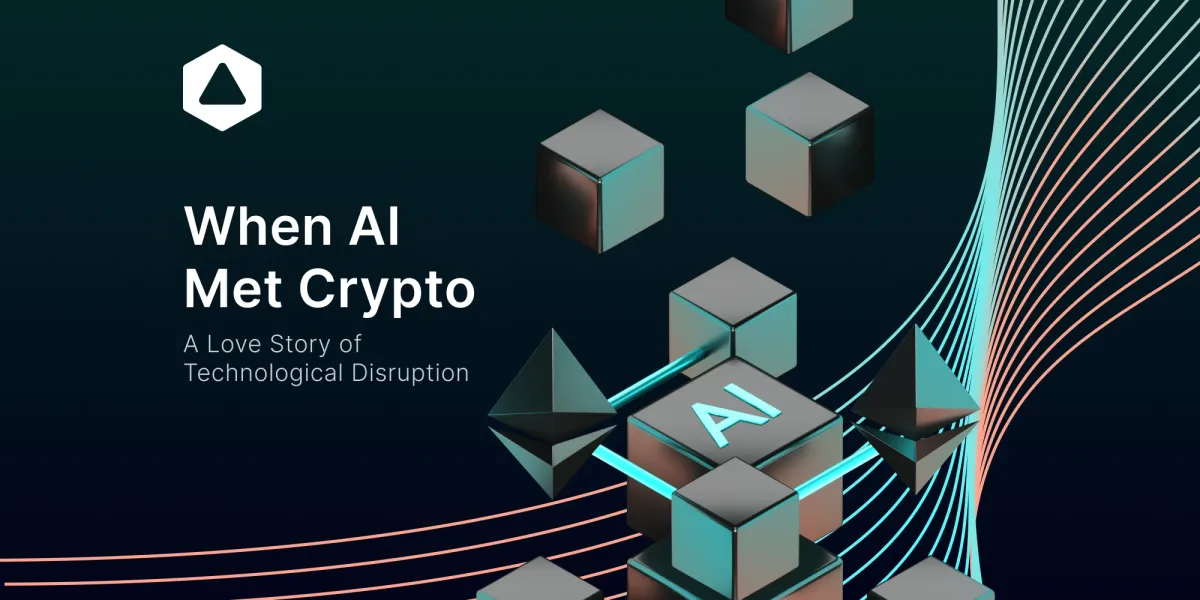
Now, instead of manual probing, machine learning now clusters addresses, detects fraud, and builds user profiles in real-time and analyzes everything in a matter of seconds.

They can spot abnormal patterns, link accounts, and even anticipate illicit activity (if some known scam wallets make a move). On the other side, it can create false positives and could signal alerts if coins are tainted but not completely illicit.
Modern Privacy Protections
Before we highlight how Bitfinity can help with this new conundrum, we have to list some steps people can take to protect their privacy in a blockchain world increasingly shaped by surveillance.
There are methods where pool transactions from multiple users are scrambled between source and destination addresses. This reduces traceability but isn't a foolproof way to maintain privacy. Because users who merge mixed and unmixed coins, or later transact on a KYC exchange, can still leak identities.
Platforms such as these are sometimes blacklisted by exchanges worried about compliance or are straight up taken down by law enforcement.
The use of advanced wallets that integrate mixing or the creation of random addresses can also be used for transaction splitting. A lot of ways to investigate and make more out of privacy practices.
Lastly, we can use mining pools more directly when we understand that major mining pools can observe network-level metadata. And the submission of transactions directly to a pool versus broadcasting them freely can also impact timing analysis and expose different privacy risks.

But more can be done...
Security, Forensics, and Zero-Knowledge Proofs
As we know from recent news that sophisticated (bad) actors exploit on-chain metadata to identify targets for scams, phishing, or even physical threats and kidnappings.
We have to considers privacy as a basic right for anyone involved in crypto. Therefore methods like ZKPs are being explored to hide transaction information by proving validity without revealing details.

These could one day bridge the gap between auditability and privacy, but today they’re not natively implemented in Bitcoin.
This is where new techniques in Layer-2 protocols are constantly in development, such is the case for Bitfinity.
Where Bitfinity makes payments less visible than regular blockchain transfers because it is essentially a sidechain. Where most transactions are hidden from the public ledger, only as they are verified.

It also provides fertile ground for these experimentations such as zero knowledge proofs and other privacy solutions, but sadly Bitfinity isn’t a silver bullet for privacy, yet...
Surveillance, Regulation, and Socioeconomic Impact
Back to the effects of increased monitoring that go way beyond privacy. We can tell that surveillance erodes Bitcoin’s fungibility. When coins are linked to hacks, scams, or mixers, they often get “tainted,” which leads exchanges and businesses to avoid them or even blacklist them. This undermines Bitcoin’s value as an interchangeable currency.

Regulatory debates are intensifying worldwide. In the US, legislative efforts have emerged to limit centralized surveillance like that of Central Bank Digital Currencies (CBDCs), with some lawmakers pushing new laws to protect financial privacy, see the latest acts that have been introduced.

What Can Be Done to Mitigate These Risks?
To combat the potential overreach in monitoring and the erosion of privacy, it is crucial for the Bitcoin community and broader tech community to advocate for:
- Enhanced Privacy Tools: Development and adoption of tools that enhance the privacy of transactions on the Bitcoin blockchain to make it more difficult to trace and link transactions back to individuals.
- Public Awareness and Education: Educating the public about the importance of privacy and the tools available for protecting personal information online.
- L2 Solutions such as Bitfintiy
Conclusion
As analysis techniques advance, privacy must be proactively strengthened through technology, education, and advocacy. Although still developing, tools like privacy coins, mixers, and layer 2 solutions such as Bitfinity provide ways to propose new privacy solutions. But ultimately, enhancing privacy on public blockchains remains an ongoing challenge requiring vigilance.
The concern is that as machine learning and AI technologies advance, they will be increasingly used to monitor and analyze Bitcoin transactions more efficiently. This could lead to a scenario where not just financial transactions but a broader array of personal data could be surveilled under the guise of spotting anomalous behaviors. Such capabilities could extend beyond traditional financial institutions to involve any entity capable of accessing relevant data, including major tech companies and governments globally.

Connect with Bitfinity Network
Bitfinity Wallet | Bitfinity Network | Twitter | Telegram | Discord | Github

*Important Disclaimer: The information provided on this website is for general informational purposes only and should not be considered financial or investment advice. While we strive for accuracy, Bitfinity makes no representations or warranties regarding the completeness, accuracy, or reliability of the content and is not responsible for any errors or omissions, or for any outcomes resulting from the use of this information. The content may include opinions and forward-looking statements that involve risks and uncertainties, and any reliance on this information is at your own risk.
External links are provided for convenience, and we recommend verifying information before taking any action. Bitfinity is not liable for any direct or indirect losses or damages arising from the use of this information.










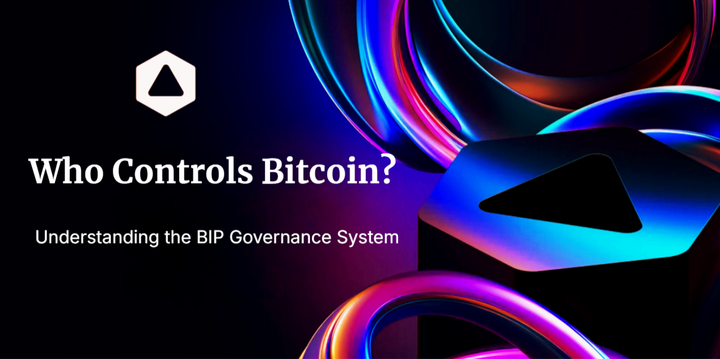
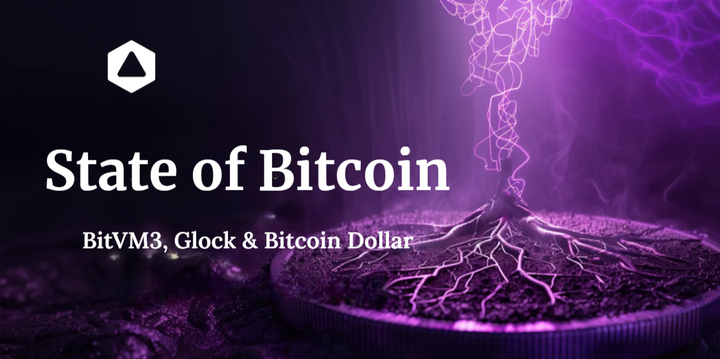
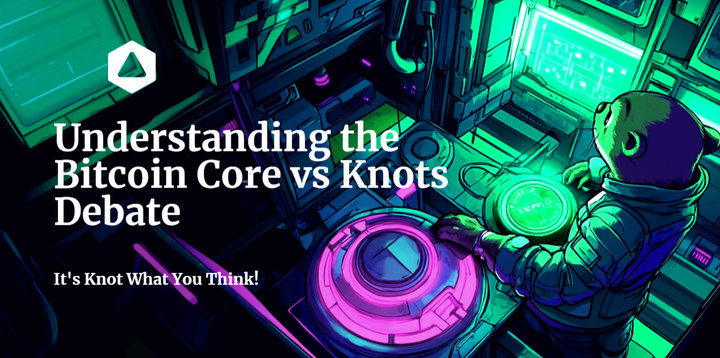
Comments ()